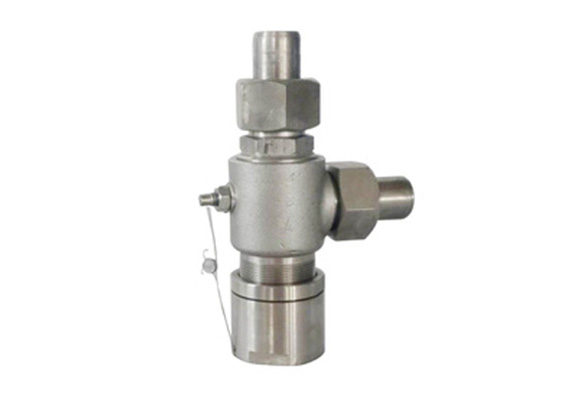1. Safety valve is an important safety accessory of special equipment, safety valve is an automatic valve, it does not use any external force and use the force of the medium itself to discharge, a rated amount of fluid to prevent the pressure from exceeding the rated safety value, when the pressure returns to normal, the valve is closed and prevent the media from continuing to flow out. Safety valve is an important safety accessory of pressure special equipment such as boilers, pressure vessels and pressure pipelines. It is a safety device set up to prevent the equipment from exploding due to excessive pressure under abnormal circumstances. It plays an important role in the safety and economy of the equipment.
Second, always keep the safety valve clean to prevent the valve body spring from being filled with dirt or corroded, to prevent the safety valve discharge pipe from being blocked by oil or other foreign bodies; Often check whether the lead seal is in good condition to prevent the weight of the lever safety valve from loosening or being moved, and to prevent the adjustment screw of the spring safety valve from being twisted at will.
2. When the safety valve is found to have signs of leakage, it should be updated or repaired in time. It is prohibited to use the method of increasing the load (such as excessive tightening of the adjusting screw of the spring type safety valve or adding heavy objects to the lever of the lever type safety valve, etc.) to eliminate the leak. In order to prevent the valve disc and seat from being stuck by dirt and other dirt in the gas, resulting in the safety valve can not be opened normally, the safety valve used for air, steam or with viscous dirt but the discharge of other gases that will not cause harm should be regularly carried out portable discharge tests.
3. In order to keep the safety valve sensitive and reliable, do at least one regular check every year. The contents of periodic check generally include dynamic check and disassembly check. The main content of dynamic inspection is to check the opening pressure of the safety valve, the return pressure, the sealing degree and the opening height under the rated discharge pressure, etc., and its requirements are the same as that of the safety valve debugging. If the dynamic inspection fails, or there are abnormal conditions such as collapse and leakage during operation, the requirements are the same as those during the debugging of the safety valve. If the dynamic inspection is not qualified, or if the abnormal situation such as leakage is found during operation, it should be disassembled. After disintegration, carefully check all parts of the safety valve for cracks, scars, wear, corrosion, deformation, etc., and repair or replace according to the size of the defect and the degree of damage, and finally assemble for dynamic inspection.

Next: None